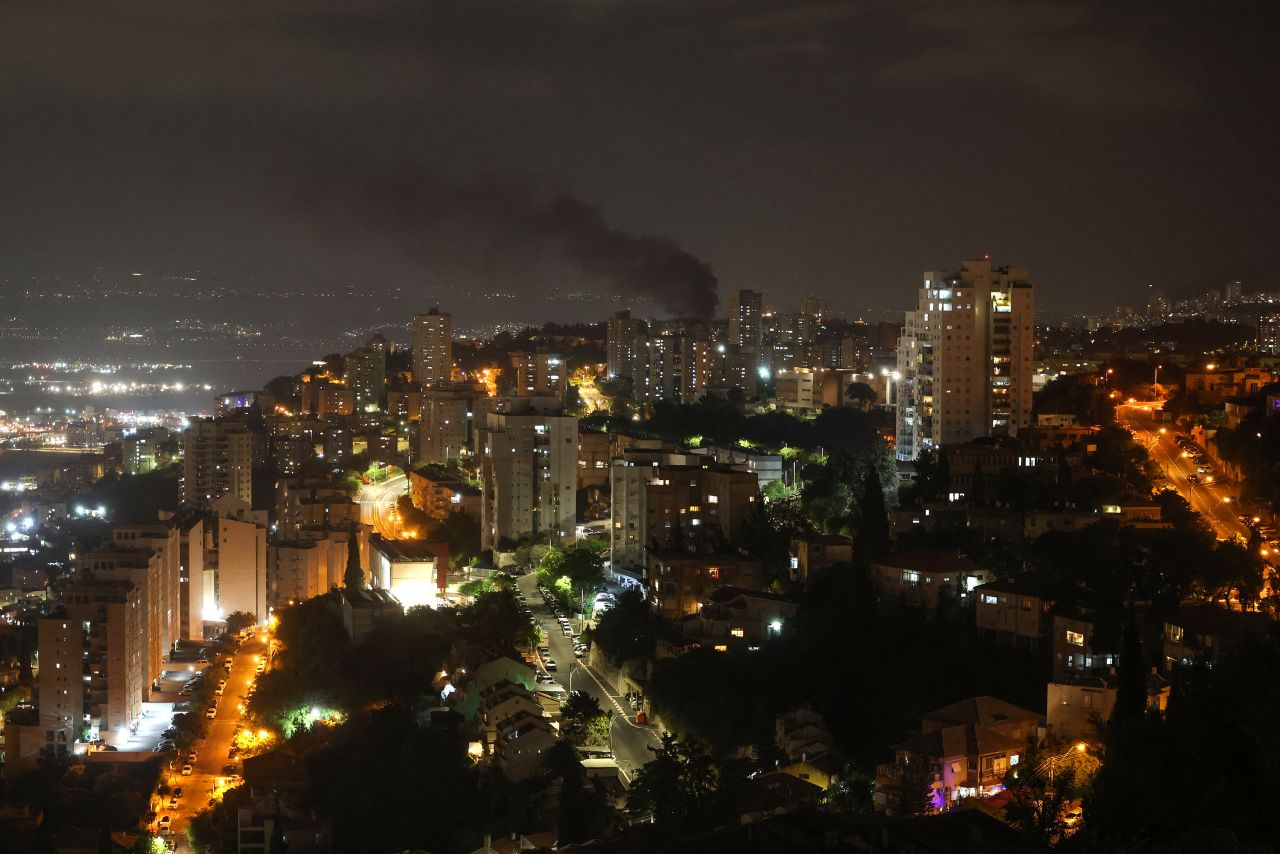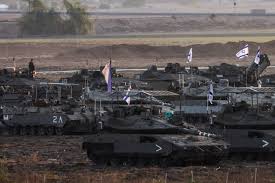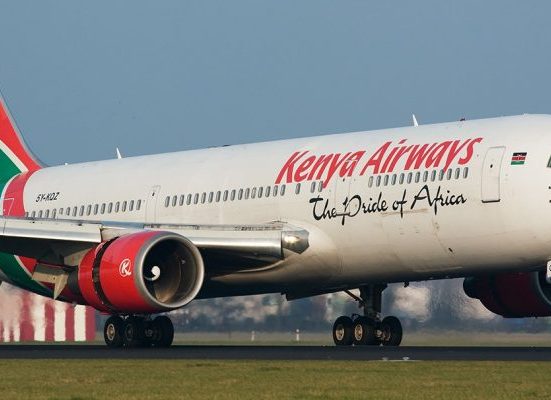The ongoing war between Iran and Israel marks a notable and highly hazardous turning point in Middle Eastern geopolitics. For the first time since 1979, both nations are engaged in a direct military confrontation. The war between both nations have been escalating over a few years but as a “shadow war”. Before the Iranian revolution of 1979, Iran and Israel maintained good relations under the Pahlavi dynasty, driven by shared interests in going against Arab Nationalism and Soviet influence.
A newly established anti-western Islamic Republic under Ayatollah Khoemeni severely altered this dynamic between Iran and Israel. Iran expelled Israel’s diplomats and maintained a stance of hostility, viewing Israel as a United States proxy.
Iran developed a militant group called the “axis of resistance” to deter attacks and project power. Some of those militant groups include HAZBOLLAH in Lebanon, which was formed to resists Israel’s 1982 invasion and they ended up becoming a very powerful political and military force. HAMAS and PALESTINIAN ISLAMIC JIHAD in Gaza is another proxy former by Iran, they are being armed and funded by the nation since the 1990s. Another developed proxy is the SHI’ITE MILITIAS in Iraq and HOUTHI REBELS in Yemen, which have targeted Western and Israeli’s interests.
Israel views Iran’s nuclear weapon program as an existing threat, fearing Tehran’s rhetoric calling for Israel’s destruction could happen with nuclear capability. Israel responded with covert operations, including assassinations of Iranian nuclear scientists (e.g., Mohsen Fakhrizadeh in 2020) and repeated strikes on Iranian nuclear facilities(Natanz in 2010), the U.S. also withdrew from the JCPOA (Iran nuclear deal) in 2018 which further heightened tensions. Iran insists its nuclear program is for peaceful purposes, with Supreme Leader Ayatollah Ali Khamenei issuing a fatwa against nuclear weapons. However, by 2021, Iran was enriching uranium to 60% purity, close to weapons-grade, and by May 2025, the IAEA reported Iran had amassed 409 kg of 60% enriched uranium.
Hamas attacked Israel on the 7th of October, 2023, killing nearly 1,200 people, triggering the Gaza war, weakening Hamas and other Iranian proxies. Israel and Iran exchanged missiles and air attacks in April, 2024 which led to the killing is several Iranian senior officials, including Brigadier General Mohammad Reza Zahedi. Most of Iran’s drones and missiles were intercepted by Israel’s defense systems. These events set the stage for the ongoing war in 2025.
The war erupted after Israel launched a sweeping military campaign dubbed OPERATION RISING LION, which has targeted over a hundred Iranian sites,including key nuclear and military installations in cities such as Tehran, Isfahan, and Natanz.
In retaliation, Iran has activated OPERATION TRUE PROMISE 3, firing hundreds of ballistic missiles and drones into Israeli territory. While Israeli air defense systems intercepted the majority, dozens of missiles struck civilian and military areas, including Tel Aviv and Haifa. These attacks have caused significant casualties and infrastructural damage, despite Israel’s military advantage and technological edge. Iran has also launched cyberattacks, targeting financial institutions and attempting to destabilize Israel’s digital infrastructure.
The Israeli government, under Prime Minister Benjamin Netanyahu, has taken a hardline stance, refusing diplomatic overtures and even suggesting that targeting Iran’s Supreme Leader, Ayatollah Ali Khamenei, could bring an end to hostilities. Netanyahu has compared Khamenei to historical tyrants and insists that only complete Iranian surrender will ensure Israeli security. Meanwhile, Iran’s leadership has vowed to resist what it calls “Zionist aggression,” framing the war as a defense of national sovereignty. International response has been swift but divided. The United States, while not directly intervening militarily, has moved naval assets into the region to support Israel. President Donald Trump has publicly called for Iran to surrender, echoing Netanyahu’s language and urging Tehran to evacuate its citizens from major cities. European leaders, the United Nations, and humanitarian organizations have expressed grave concern over the conflict’s escalation and the potential for a wider regional war. Calls for a ceasefire have so far been ignored by both sides.
The human cost of the war is already severe. In Iran, hundreds of civilians are believed to have died from Israeli airstrikes, with some estimates placing the toll at over 400. Tehran, now under regular bombardment, has seen a mass exodus of more than 100,000 residents. In Israel, around 30 civilians have been killed, including children, and numerous others injured in missile strikes. Aid groups warn of a looming humanitarian disaster, particularly if the conflict spreads further into Gaza, Syria, or Lebanon.
As the war creeps into its second week, the world watches with anxiety. The future remains uncertain, will the war erupt into a full blown regional war, or will international pressure eventually bring both parties back from the edge? For now, both sides are not showing willingness to compromise and the human top climbing high, the Israel-Iran war stands as one of the most dangerous international crisis of the 21st century.







